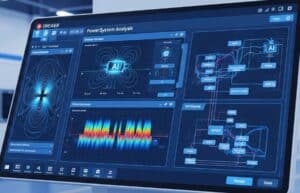
Online AI tools are rapidly transforming electrical engineering by augmenting human capabilities in circuit design, system analysis, electronics manufacturing, and power system maintenance. These AI systems can process vast amounts of simulation data, sensor readings, and network traffic, identify complex anomalies or performance bottlenecks, and generate novel circuit topologies or control algorithms much faster than traditional methods. For instance, AI can assist you in optimizing PCB layouts for signal integrity and manufacturability, accelerate complex electromagnetic or power flow simulations, predict semiconductor device characteristics, and automate a wide range of signal processing and data analysis tasks.
Les invites fournies ci-dessous aideront, par exemple, à la conception générative d'antennes ou de filtres, à l'accélération des simulations (SPICE, simulations de champ électromagnétique, analyse de la stabilité du système électrique), à la maintenance prédictive où l'IA analyse les données des capteurs des transformateurs électriques ou des composants du réseau pour prévoir les défaillances potentielles, ce qui permet un entretien proactif et minimise les temps d'arrêt, à la sélection des matériaux semi-conducteurs ou à la sélection optimale des composants (par exemple, le choix du meilleur amplificateur optique pour des paramètres spécifiques), et bien d'autres choses encore.
- Cette page est spécifique à un domaine. Si nécessaire, vous pouvez effectuer une recherche complète sur tous les domaines et tous les critères dans notre >. Répertoire d'invites AI <, qui se consacre à la conception de produits et à l'innovation.
- Compte tenu des ressources et du temps disponibles sur le serveur, les invites elles-mêmes sont réservées aux membres enregistrés et ne sont pas visibles ci-dessous si vous n'êtes pas connecté. Vous pouvez vous inscrire, 100% gratuit :
Adhésion requise
Vous devez être membre du site pour accéder à ce contenu.
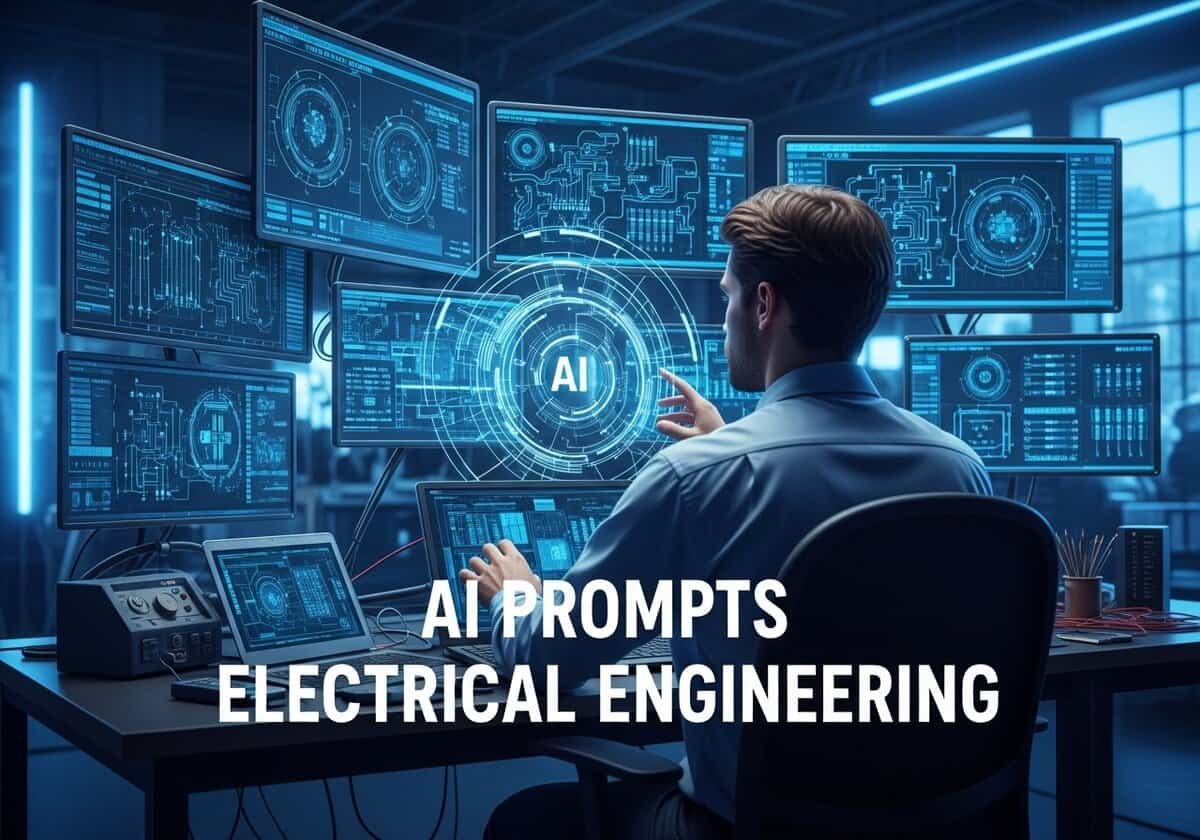





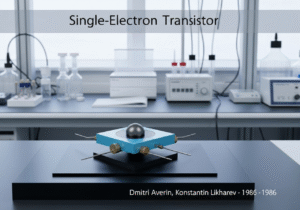




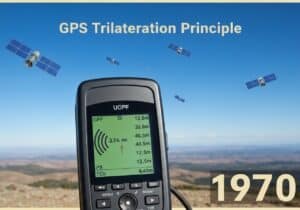



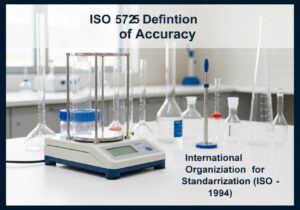










l'efficacité de l'IA à générer des invites dépend-elle largement de la qualité des données d'entrée ?
des projets d'ingénierie également ? Discutons-en également.
L'IA n'est pas une solution miracle !
Articles Similaires
Dernières publications et brevets sur les pérovskites
Dernières publications et brevets sur le graphène
Plus de 45 astuces scientifiques pour les jeux et le marketing : astuces basées sur les données et les statistiques
Utiliser ou abuser de 25 biais cognitifs dans la conception et la fabrication de produits
Équation de levage révisée du NIOSH en ergonomie de banc
Dark Web vs Darknet vs Deep Web : 101 et plus